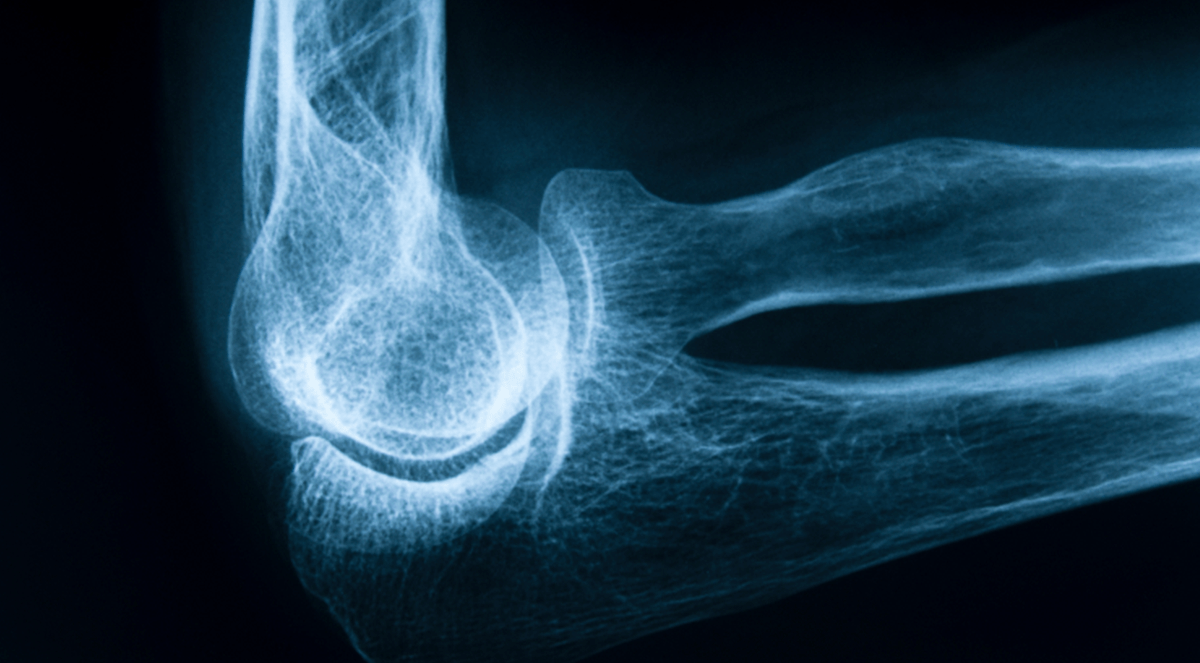Men face a greater risk of mortality following a fracture related to osteoporosis, a common disease where the bones become weak and brittle, according to new research presented today at the 2017 Annual Meeting of the American Academy of Orthopaedic Surgeons (AAOS).
Osteoporosis affects more than 44 million Americans and contributes to an estimated 2 million bone fractures per year. Because diminished estrogen can contribute to bone loss, menopause-age women have traditionally been the focus of osteoporosis prevention efforts.
In this study, researchers reviewed the Medicare Standard Analytic Files (SAF) database to identify patients, age 65 and older, who had a diagnosis of osteoporosis and sustained a fragility fracture between 2005 and 2009. Patient records were stratified by sex and the location of a first fracture. In addition, the incidence of second fragility fractures was compared between men and women during a three-year follow-up period, as well one-year mortality rates.
Of the more than 1 million patients identified with a diagnosis of osteoporosis in the analysis, 87 percent were female and 13 percent male. Among these patients:
- Women had a five-fold higher risk for an initial fragility fracture compared to men, and yet the relative risk for a subsequent fragility fracture within three years of the first fracture was slightly lower for women compared to men.
- Men who required surgical treatment for an initial fragility fracture were more likely to suffer a subsequent fragility fracture within three years. The exception was in men who suffered a vertebral (spinal) compression fracture (in these instances the risk was comparable).
- Men had higher one-year mortality rates for almost all fracture types studied (18.7 percent in men versus 13.9 percent in women). The only exception was ankle fractures where one-year mortality rates between men and women were comparable (8.1 percent for men and 8.4 percent for women).


